Our Process
How Do Your Legs Feel & Look Right Now?

STEP 1: Consultation
There’s nothing more frustrating than a doctor who doesn’t listen, seems rushed, or comes across as unfriendly.
At Minnesota Vein Center, you’ll experience attentive care and a welcoming staff dedicated to ensuring you receive the best treatment.
From your very first visit, our team of experts, including a provider and ultrasonographer, will be there to support you.
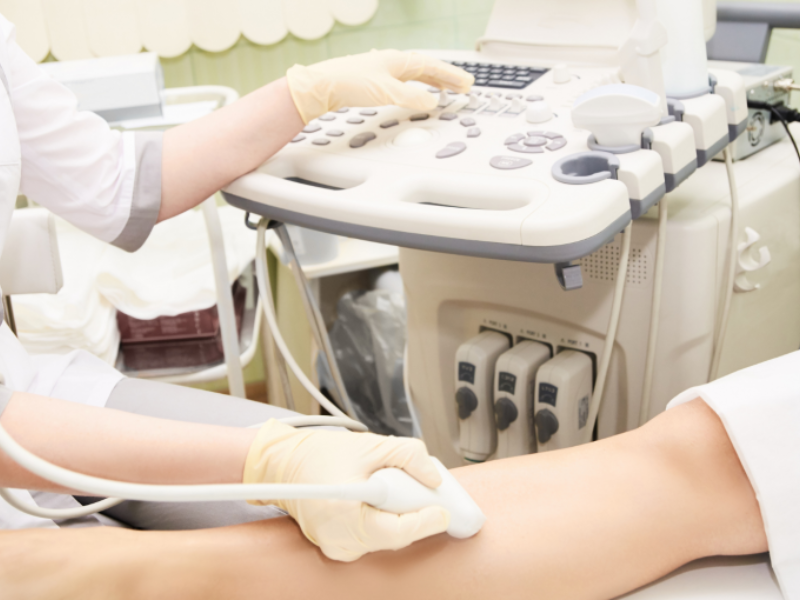
STEP 2: Ultrasound
Hate having to leave the doctor’s office for x-rays, labs, or other time-consuming tests? At Minnesota Vein Center, you won’t have to.
We provide onsite ultrasound and diagnostics to minimize your time and hassle, with same-day results from one of our providers.
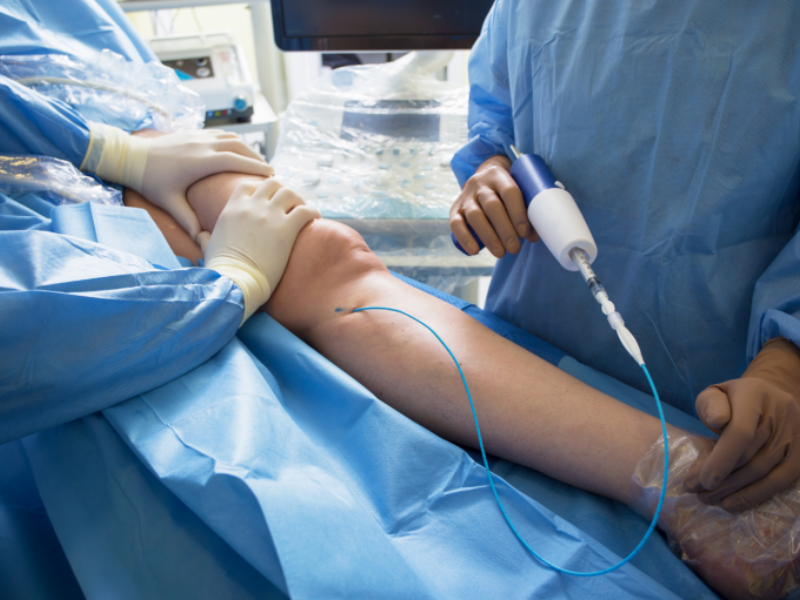
STEP 3: Treatment Plan
We guarantee that you’ll leave with a top-notch treatment plan.
We offer various options, including Endovenous Laser Treatment, Radiofrequency Ablation, VenaSeal™, ambulatory microphlebectomy, pneumatic compression, and more.
Your treatment will be tailored specifically to your needs and goals. Don’t let leg issues hold you back any longer—scroll down to learn more about our treatments.
Our Treatments
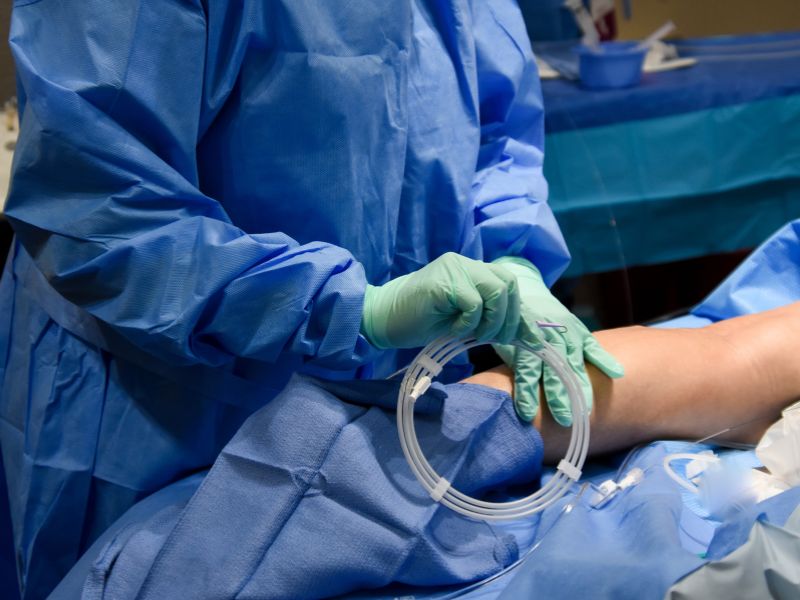
EVLT
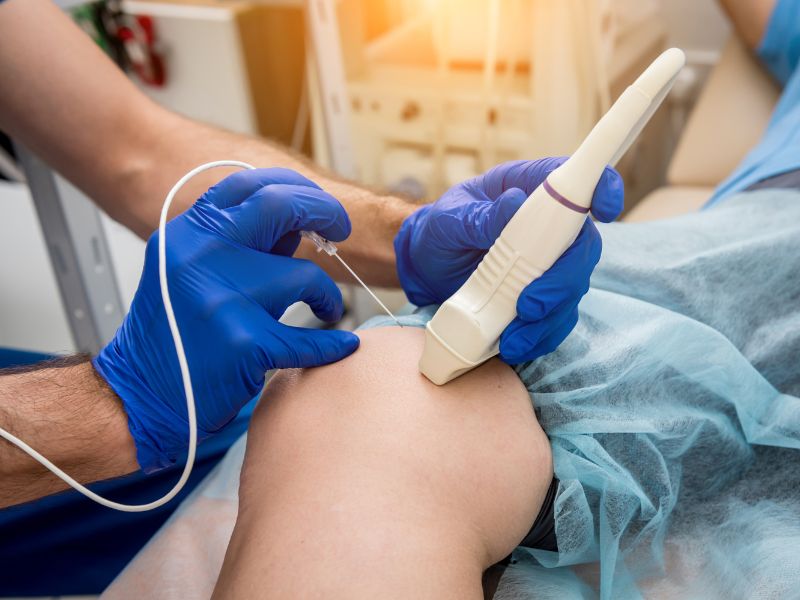
Radiofrequency Ablation
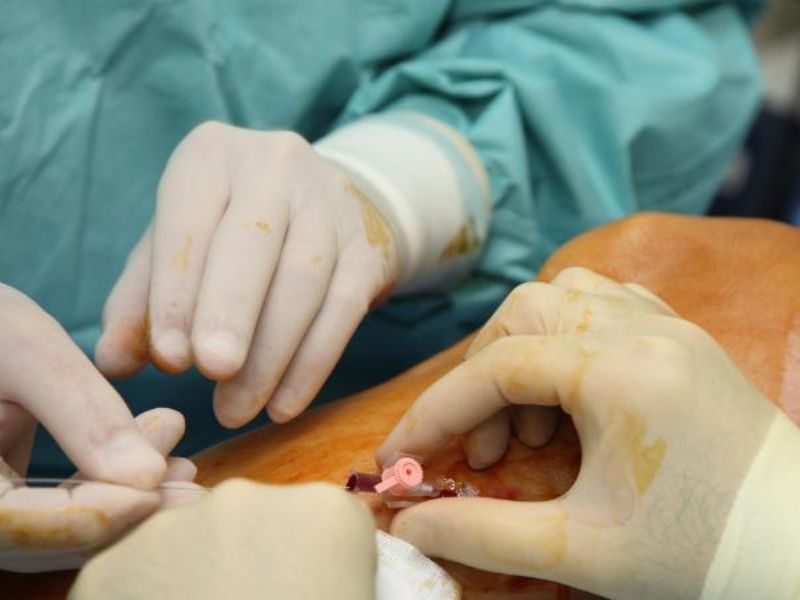
Microphlebectomy
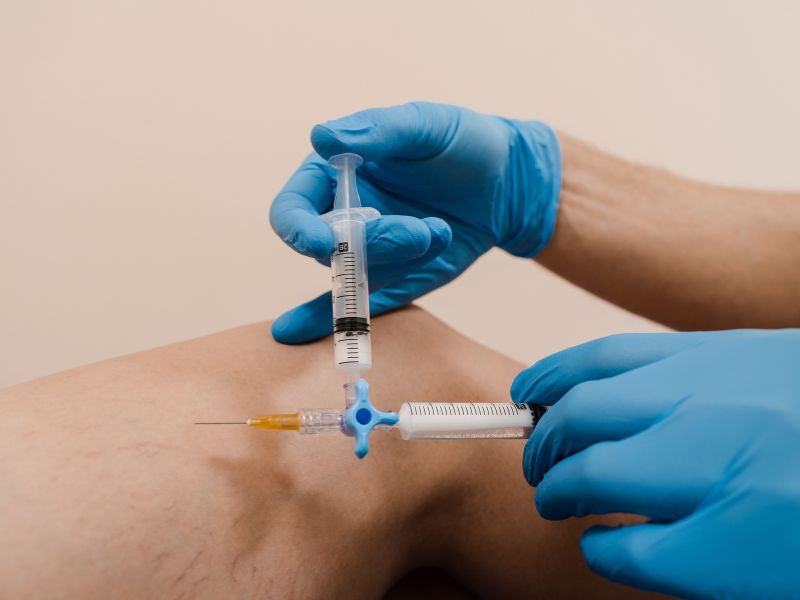
Microfoam
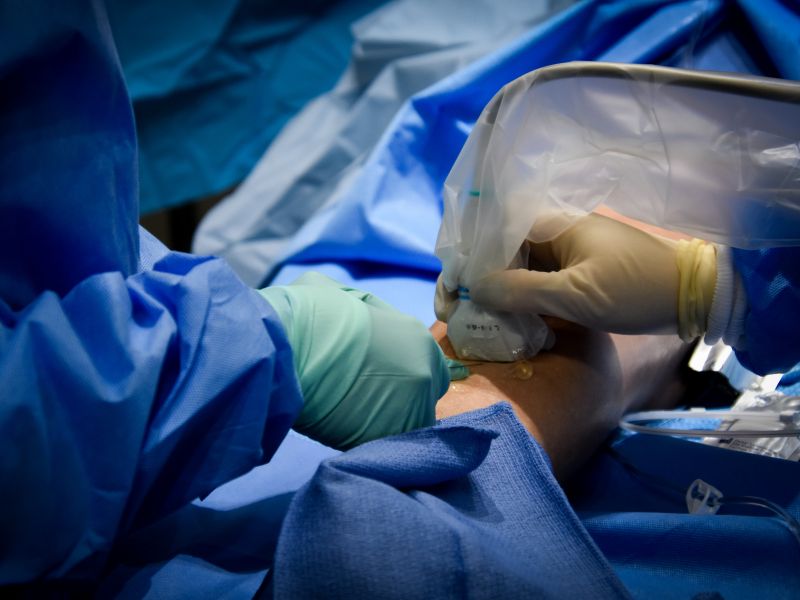
Ultrasound Guided Sclerotherapy
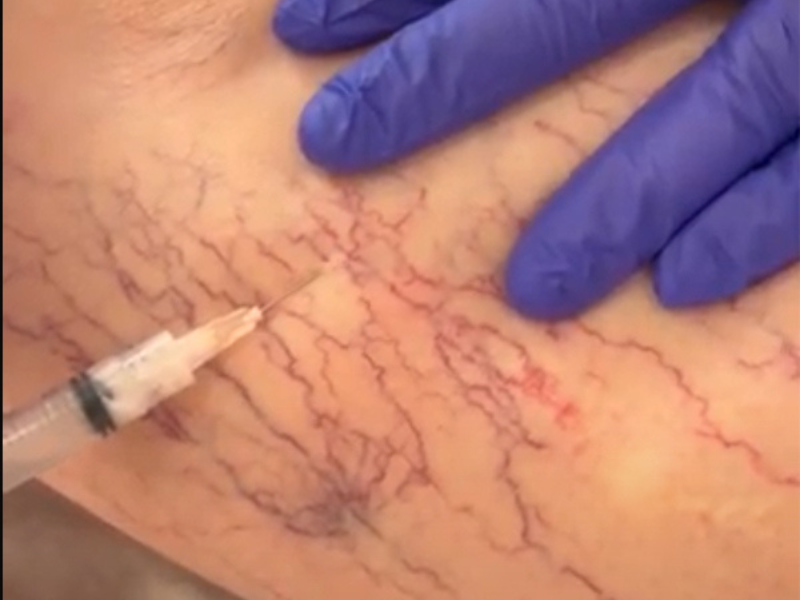
Sclerotherapy
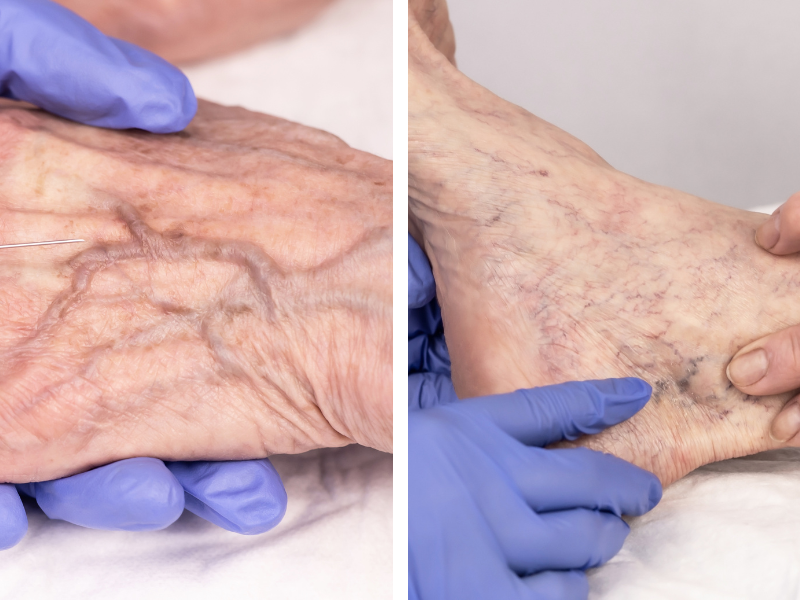
Sclerotherapy Treatment for Face, Chest, Hand & Foot Veins
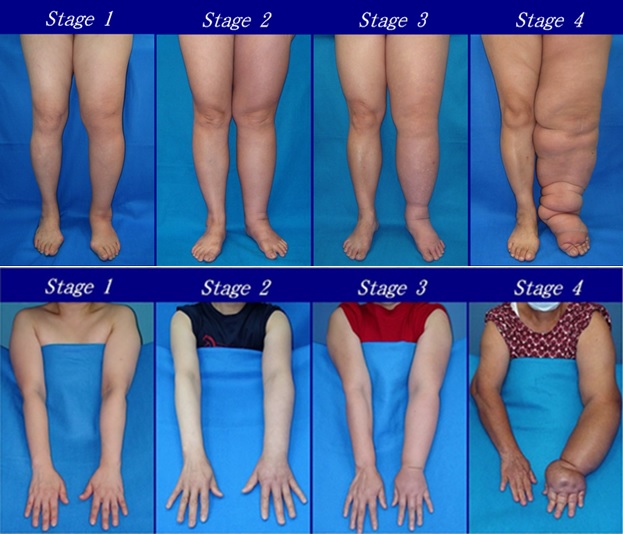
Lymphedema
Lymphedema most often occurs in the arm or leg, but can also occur in the face, neck, abdomen, or genitals. Primary lymphedema is the result of missing or impaired lymphatic vessels; symptoms may develop at birth or later in life. Secondary lymphedema, a much more common type, is a result of lymph vessel damage or lymph node removal during surgery or radiation therapy. It may also occur after injury, scarring, trauma, or infection of the lymphatic system. Learn More.
FAQs
What does Radiofrequency Ablation treat?
Venous reflux disease – which leads to Leg or ankle swelling, Leg Pain and Aching, Leg Cramps, Restless leg, Leg heaviness or fatigue, Burning or Itching skin, Skin Changes or Rash.
Venous reflux disease is a progressive medical condition that if left untreated, will likely worsen over time and develop into a more serious form of venous disease called chronic venous insufficiency (CVI).
CVI leads to more serious outcomes such as poor healing wounds, permanent skin damage, and an increased risk of deep blood clot.
What is the benefit of Endovenous Laser Therapy?
- Patients get relief/improvement of symptoms after 2 days
This is a permanent fix to diseased refluxing veins in the legs - Proven long term results with positive patient outcomes and experience
- Rapid recovery with patients resuming normal activities within a few days
What is the duration and frequency of Radiofrequency Ablation?
- The procedure takes about 20-40 minutes.
- The procedure is almost always a permanent fix for the diseased veins being treated.
- The number of treatments needed depends on the severity and number of veins that are diseased.
What is Ambulatory Microphlebectomy?
Ambulatory Microphlebectomy is a minimally invasive procedure used to remove large surface varicose veins. It is performed in-office under local anesthesia and involves making tiny, needle-sized punctures through which the veins are gently removed.
What are the benefits of Ambulatory Microphlebectomy?
- Quick procedure (about an hour) with local anesthesia, so you can walk in and out.
- Tiny punctures, no stitches, and minimal visible scarring.
- Most patients resume normal activities quickly.
- Immediate improvement in varicose veins, relief from leg pain, heaviness, and swelling.
How long does the recovery take?
Recovery time is generally minimal. Most patients experience only minor discomfort and can resume normal activities shortly after the procedure
